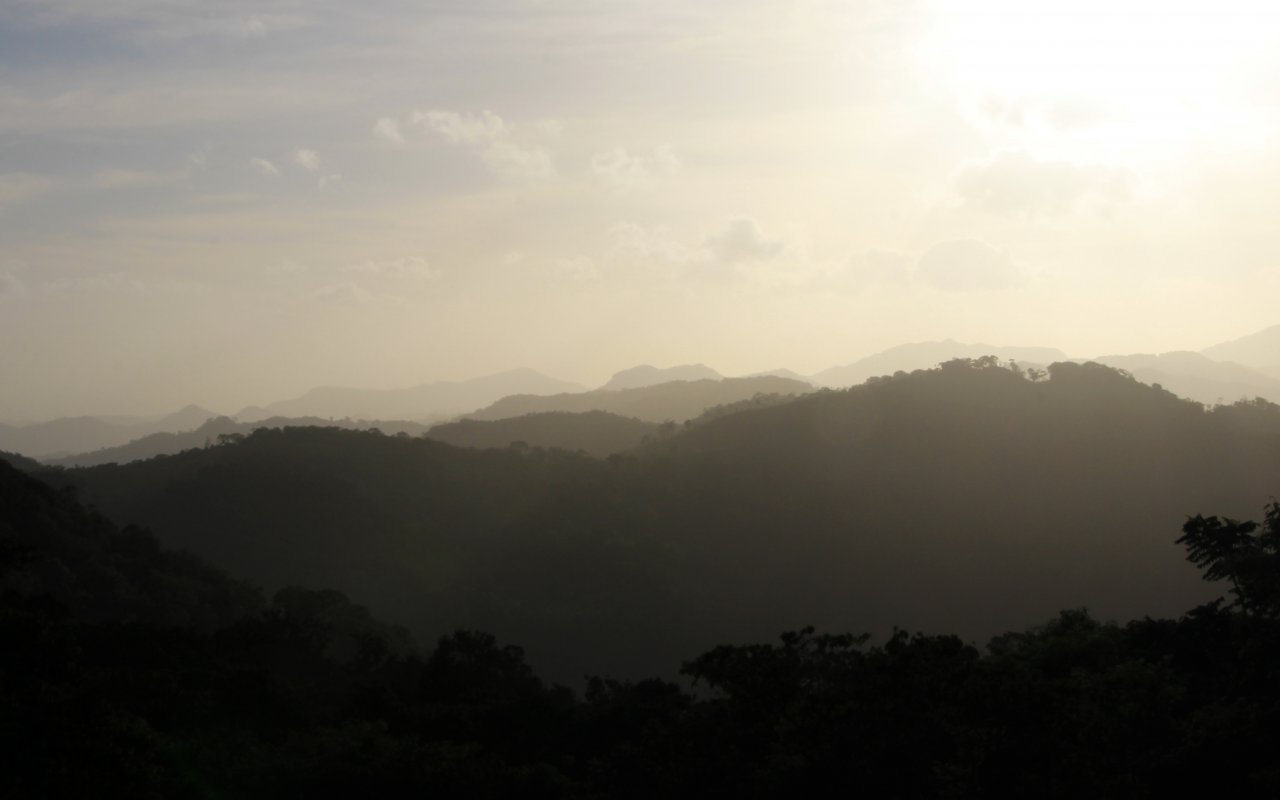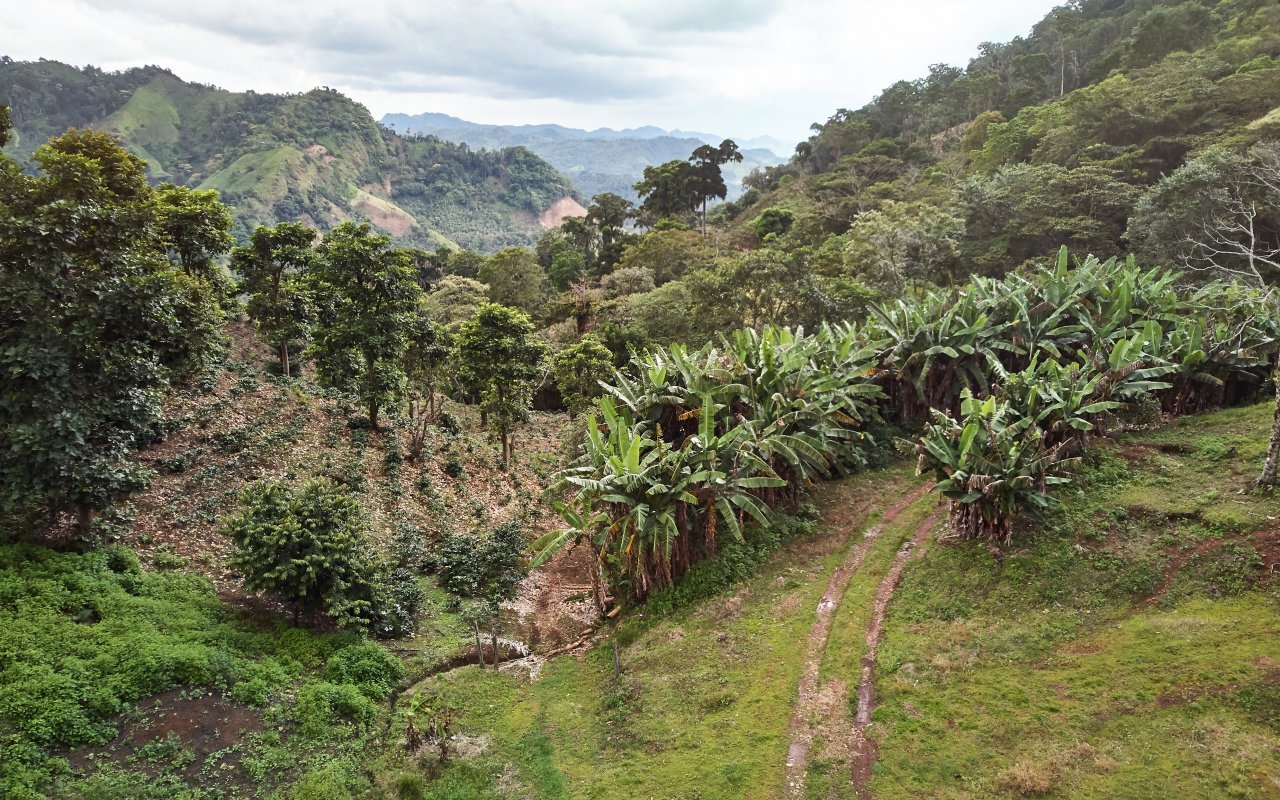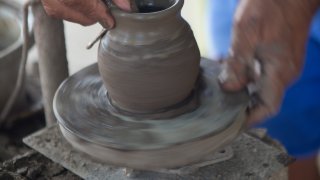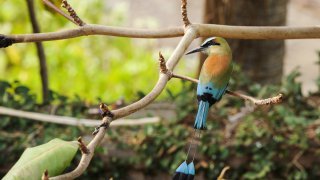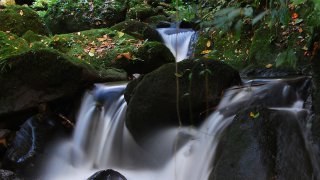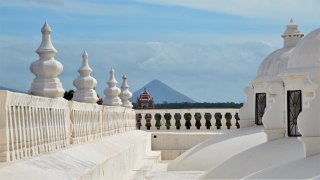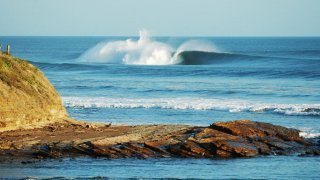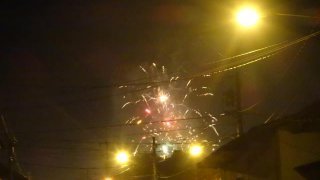Known as the city of mists, an approximate and less poetic translation of the original “la ciudad de las brumas”, Jinotega is a wooded municipality, fresh and full of agricultural estates. It crosses many small rivers, it is temperate and fertile in the region. The lake of Apanas guarantees you a glimpse of extraordinary landscapes, a lake that also has its hydroelectric power plant.
Geography and climate
Jinotega, like the city of Matagalpa, is a city located in a green and rich territory, the most obvious proof of this is the important coffee production. Its department is one of the largest in the country, it is very rural and many indigenous communities live there.
Mountains and humid massifs make up the territory, its climate is cool but dry, unlike other regions of Nicaragua which are much more tropical. Natural reserves, lakes and rivers abound, which guarantees a very fertile land: coffee and various vegetables are simply considered excellent.
South of the high mountains, the town of Jinotega is indeed the regional administrative center, the urban center is small and the proximity of the lake of Apanas guarantees a certain freshness to the atmosphere. San Rafael del Norte, La concordia and Yali are the other important cities in the region with waterfalls, waterfalls and caves as well as the Yali volcano reserve.
Jinotega, also called the city of mists has spectacular scenery and an altitude of 1000 meters. The valley is surrounded by small mountains, the small lake El Dorado is little known but has a hydroelectric power plant that supplies the area.
History
The Jinotega Valley was inhabited in pre-Columbian times, the Spaniards arriving and colonizing the region in the seventeenth century quickly took control and their presence pushed some indigenous groups towards extinction. A collection of art and some ancient objects is the only trace of the valley’s past in the Wells Museum in Jinotega.
Derived from the local Xioacahuilt dialect, Jinotega means “city of eternal men”, the first indigenous people are descendants of the Sumos and Chontales, Caribicis from the Atlantic coast. The region was known as an agricultural pole, the Spanish colonists saw growing hectares of corn, beans or cocoa. Local clothing was also made from cotton and tree bark. The seat of the local capital was called Jocomico, in the “coldest” place of the region, south of the Tejera Valley. The beginning of the Spanish conquest led to a real separation of the communities, and the indigenous people living in the north ended up quarreling. Unite and divide and rule! Once again, the Spaniards were well aware of the economic potential of the city and its cool, green valley.
What to do in and around Jinotega?
The tourist attractions of the Jinotega region are mainly those related to nature but you can also discover some wonders:
- visit of a black pottery workshop, a specialty of the region.
- visit to the pre-Columbian museum Chagüitillo de Jinotega
- Cerro de la Cruz. From its summit you will have a beautiful panoramic view of the valley and the city.
- Datanlí – El Diablo Nature Reserve where you will walk along paths between the coffee plantations and the forest to get to one of the waterfalls of the reserve while observing the many birds.
- Lake Apanás located 10 minutes from Jinotega is the first artificial lake in Nicaragua. It is the main supplier of hydroelectric energy of the country. You will be able to observe the many birds and animals that inhabit the wooded area around the lake or practice horseback riding, fishing or kayaking on the lake.
- Laguna El Dorado, its fresh water and natural splendor invites you to swim.
